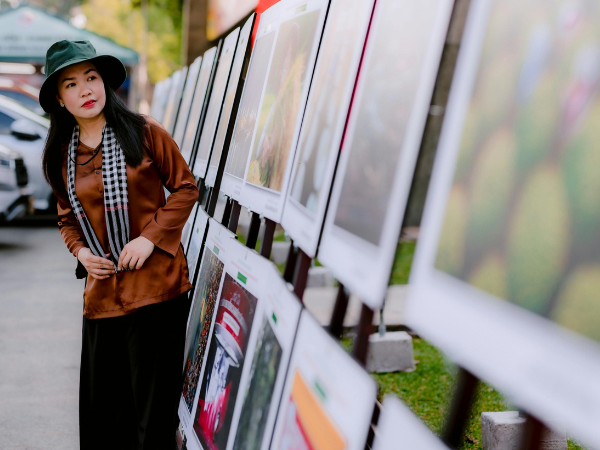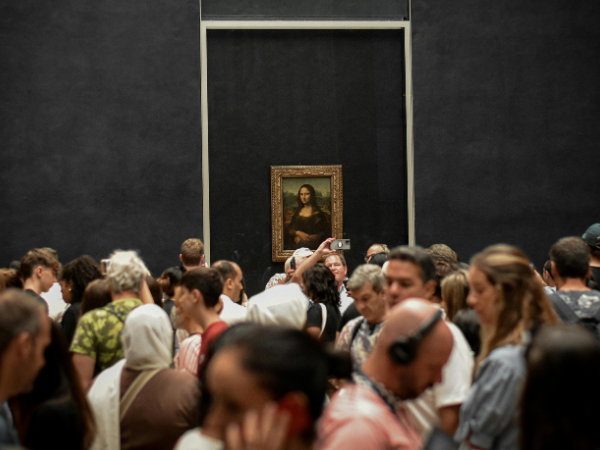Exhibitions are more than collections of objects—they are carefully curated narratives that guide visitors through history, culture, and creativity. Each display is a conversation between the artist, curator, and audience, revealing hidden meanings and shaping how we interpret art.
The Origins of Exhibitions
Exhibitions have a long history, evolving from private collections to public showcases. Early exhibitions were often displays of wealth and power, but over time they became platforms for education and cultural exchange.
- Renaissance cabinets of curiosity
- 19th-century world fairs
- Modern art museums
- Contemporary pop-up galleries
These milestones show how exhibitions shifted from exclusivity to accessibility.
Extra note: Today, exhibitions are designed not just to display art but to tell stories that resonate with diverse audiences.
The Role of Storytelling in Exhibitions
Storytelling is the backbone of exhibitions, transforming collections of objects into meaningful journeys. Without narrative, an exhibition risks becoming a random assortment of items. With narrative, however, visitors are guided through themes, emotions, and historical contexts that make the art resonate on a deeper level.
- Chronological storytelling – Exhibitions arranged by time periods help audiences see the evolution of styles and ideas.
- Thematic storytelling – Organizing works around concepts like “identity” or “nature” creates connections across cultures and eras.
- Biographical storytelling – Focusing on an artist’s life allows visitors to understand the personal struggles and triumphs behind the work.
- Immersive storytelling – Using multimedia, sound, and interactive displays to place visitors inside the narrative.
Storytelling doesn’t just explain art; it creates emotional engagement. A visitor might walk away not only remembering the artwork but also the story it told. This is why curators often spend as much time crafting the narrative as they do selecting the pieces.
How Curators Shape Exhibition Narratives
Curators act as storytellers, selecting works and arranging them to convey meaning. Their choices influence how audiences interpret art.
- Artwork selection
- Spatial arrangement
- Lighting and atmosphere
- Interpretive texts and labels
Curators balance artistic intent with audience accessibility.
Extra note: The curator’s vision often determines whether an exhibition feels cohesive or fragmented, making their role crucial in shaping the visitor’s journey.
Design and Atmosphere in Exhibitions
Exhibition design goes beyond aesthetics—it creates the environment in which stories unfold. The way a space is arranged, lit, and experienced can completely change how visitors perceive the art.
- Lighting to highlight artworks – Strategic lighting draws attention to specific pieces, enhances textures, and creates contrast. Spotlights can make a sculpture dramatic, while soft ambient light can make a painting feel intimate.
- Color schemes to set mood – Wall colors and floor tones influence perception. Warm hues may create comfort, while cooler tones suggest formality or distance.
- Soundscapes for immersion – Background sounds or curated audio can transport visitors into the world of the exhibition. A historical show might use ambient street sounds, while a contemporary installation could feature electronic soundscapes.
- Interactive technology for engagement – Digital screens, augmented reality, and touch-based installations allow visitors to interact with art in new ways, making exhibitions more participatory.
Design transforms exhibitions into multisensory experiences. It ensures that visitors don’t just look at art—they feel it, hear it, and sometimes even interact with it.
Audience Engagement and Interpretation
Audience engagement is at the heart of any successful exhibition. While curators and designers craft the narrative and atmosphere, it is ultimately the visitors who bring the story to life through their own perspectives, emotions, and interpretations.
- Guided tours – Professional guides or docents help visitors connect with the exhibition’s themes, offering insights that may not be immediately obvious.
- Interactive displays – Touchscreens, augmented reality, and multimedia installations allow audiences to explore deeper layers of meaning.
- Educational programs – Workshops, lectures, and school visits expand the exhibition’s reach and make it accessible to younger audiences.
- Social media integration – Encouraging visitors to share their experiences online extends the exhibition’s impact beyond the gallery walls.
- Visitor feedback – Comment boards, surveys, or digital polls give audiences a voice in shaping future exhibitions.
Audience engagement ensures that exhibitions are not static but dynamic, evolving with each visitor’s interpretation. A painting may evoke nostalgia in one person and curiosity in another, while an installation might spark debate about social issues.
Iconic Exhibitions and Their Stories
Throughout history, certain exhibitions have stood out not only for the art they displayed but for the cultural conversations they sparked. These landmark shows often introduced new movements, challenged traditional ideas, and reshaped how audiences understood art.
- The Armory Show (1913, New York) – Introduced American audiences to European modernism, including works by Picasso, Duchamp, and Matisse. It shocked visitors with radical styles and helped launch modern art in the United States.
- Documenta (Kassel, Germany, since 1955) – A recurring exhibition that began as a way to reconnect postwar Germany with international art. It has since become one of the most influential platforms for contemporary art worldwide.
- Venice Biennale (founded 1895) – One of the oldest and most prestigious international art exhibitions, showcasing national pavilions and cutting-edge contemporary works. It reflects global cultural trends and artistic innovation.
- Tate Modern Retrospectives (London) – Major retrospectives of artists like Rothko, Hockney, and Kusama have drawn millions of visitors, offering deep dives into individual artistic journeys.
- Expo ’67 (Montreal) – Though technically a world fair, its art and design exhibitions highlighted the intersection of technology, architecture, and creativity, influencing generations of artists and designers.
These exhibitions were more than displays—they were cultural turning points. They challenged audiences to rethink what art could be, whether through shocking modernist forms, immersive installations, or global collaborations.
Challenges in Exhibition Storytelling
Creating coherent narratives in exhibitions is not always easy. Curators face practical and conceptual challenges.
- Limited space
- Diverse audiences
- Balancing scholarship with accessibility
- Preserving fragile works
These challenges require creativity and compromise.
Extra note: Overcoming these obstacles ensures that exhibitions remain relevant and impactful.
Final Thoughts: The Future of Exhibitions
Exhibitions continue to evolve, embracing technology and new storytelling methods. The future promises more interactive, inclusive, and global displays.
- Virtual exhibitions
- Augmented reality experiences
- Cross-cultural collaborations
- Sustainable exhibition practices
Extra note: The future of exhibitions lies in blending tradition with innovation, ensuring that art remains a powerful medium for storytelling.




